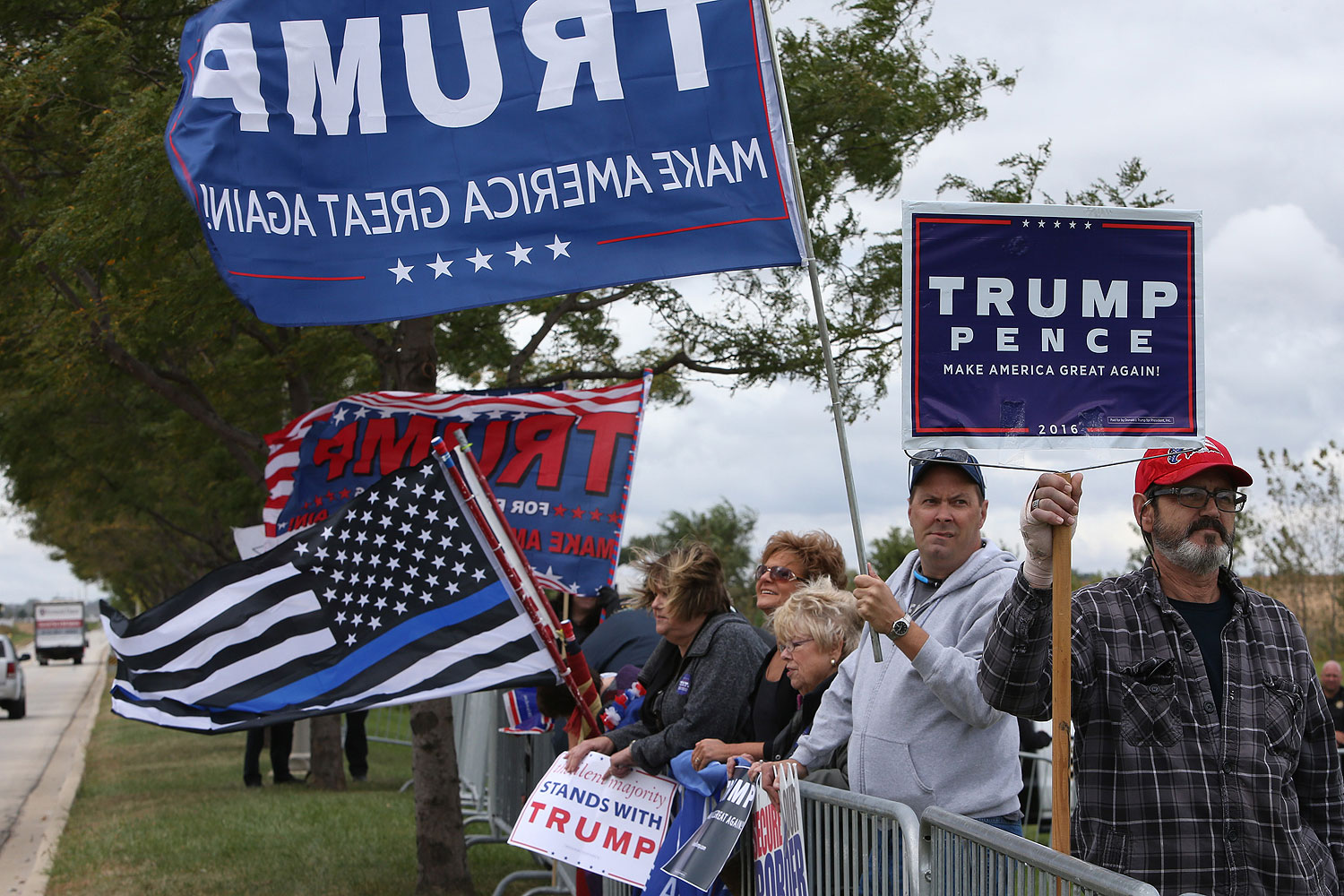What happened last night? Well, a lot, some of which is beyond all understanding, and some of which will be slowly unearthed over time. Quantitative analysis of what happened took a beating, as the polls proved to be wrong—not by a lot on an individual level, but in such a pattern that it missed the ultimate point.
But predictive failures shouldn't outweigh the descriptive possibilities of such analysis, and I keep coming back to a paper co-written by the University of Chicago's Amir Sufi, whom I interviewed about House of Debt, his book with Princeton's Atif Mian, also a co-author on the paper. It's pretty simple, or at least straightforward:
[W]e can show that financial crises move political systems toward systematically more polarized legislatures and fragmented political scenarios. After a crisis, governments have
to rely on weaker coalitions, oppositions grow larger and more fragmented, and overall political disintegration becomes the norm.
A divided, disintegrated political system makes addressing the root causes harder, which builds on itself. And they touch on the work of three German economists working along a parallel path, which looks at financial crises and political polarization over 140 years of history:
Our first key finding is that financial crises are followed by important changes in voter
behavior that in turn, contribute to high levels of policy uncertainty. Political polarization
increases after financial crises throughout the 19th and 20th century. Moreover, political
parties on the far right appear to be the biggest political beneficiaries of a financial crash.
On average, far-right parties have seen an increase in their vote shares of about 30% relative
to their pre-crisis level in the five years following a systemic financial crisis…. After financial crises, voters seem to be systematically lured by the political rhetoric of the far right, with its frequently nationalistic or xenophobic tendencies. Moreover, we identify an important asymmetry in the political response to crises: on average, the far left did not profit equally from episodes of financial instability.[snip]
We thus confirm the finding of Mian, Sufi, and Trebbi (2014) that political fractionalization increases in the aftermath of financial crises after 1980. However, using the depth of our historical dataset we can show that these effects have become stronger over time.
This is one way of looking at the past and present, through large-scale quantitative research, like these observations from Zeynep Tufekci: "Forces propelling Trump in the GOP are no mystery. They've been showing up in polls and academic research. Much historical precedent, too…. People's frustration with upheavals of inequality, globalization and technology blending with xenophobia or racism? Old story, too."
She's skeptical of the attempt to make it an either/or question. I was reminded of all this when I saw something from Ken Ward, Jr. of the Charleston Gazette-Mail, who maintains a focus on the Appalachian coal industry at Coal Tattoo. West Virginia had the second-highest share of Trump voters (69 percent, after Wyoming with 70 percent), and this was his reaction:
The West Virginia that embraces so much fear and hatred isn’t the one I grew up in and continue to try to make a life in and help, in some small way, to improve. I just don’t recognize it. Maybe my heart won’t let me. Maybe I’m blind. I suspect that many West Virginians, including some Republicans, who didn’t vote for Trump feel the same way.
He's hardly alone in such a reaction, but where he traces it back to is more uncommon: "an identity politics that’s driven by the coal industry narrative… fear of the future and of the unknown, fear of outsiders and of the entire outside world." They're old stories, especially in central Appalachia, but increasingly intertwined.
To say this was predictable is wrong; obviously, it wasn't predicted. But in this part, even if it's just one of very many, it's comprehensible.



